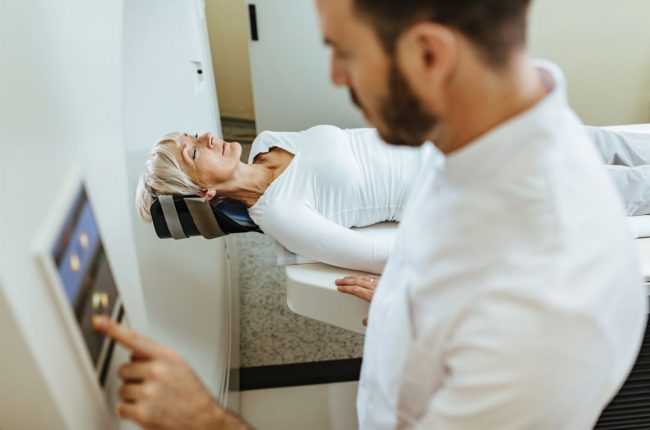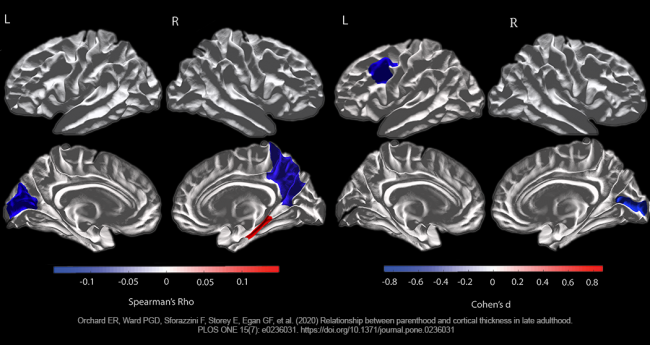Imaging critical to brain cancer treatment
Imaging critical to brain cancer treatment: Olivia Newton-John Cancer Research Institute to collaborate with Telix in ground-breaking new study
National Imaging Facility (NIF) Node partner, the Olivia Newton-John Cancer Research Institute (ONJCRI) will work with globally recognised biopharmaceutical company Telix to evaluate the use of a novel radiotracer (O-(2-[18F]fluoroethyl)-L-tyrosine or 18F-FET) to image patients with glioblastoma (GBM), a type of brain cancer, with positron emission tomography (PET) (FET-PET).
The collaboration between ONJCRI and Telix will enable a synergistic approach to improving the lives of people with GBM, which is the most common primary brain cancer in adults.
The ONJCRI is a global leader in the development of immunotherapies, targeted therapeutics, and personalised cancer medicine, while Telix is focused on the development of clinical-stage products that address significant unmet medical need in oncology and rare diseases.
The FET-PET in Glioblastoma (FIG) study will recruit up to 210 recently diagnosed adult GBM patients at 10 sites around Australia, aiming to definitively establish the role of FET-PET in the management of patients with GBM. The FIG Study is funded by the Medical Research Future Fund (MRFF), the Australian Brain Cancer Mission (ABCM), and the Cure Brain Cancer Foundation, and also involves the Trans-Tasman Radiation Oncology Group (TROG) and the Australasian Radiopharmaceutical Trials Network (ARTnet).
The NIF’s LaTrobe University – ONJCRI Node Director, and Clinical Trial Co-Chair, Prof Andrew Scott AM said the study would utilise imaging to bring critical new treatment opportunities to light and have potentially life-saving impacts.
“Imaging is integral to effective diagnosis, staging and determination of the treatment pathway for all cancers, but is vitally important in GBM which is very aggressive and can be difficult to treat,” Professor Scott said.
“This ground-breaking study will use 18F-FET, a new PET tracer which can show us if tumour cells are active. This is a more functional imaging technique compared to magnetic resonance imaging (MRI), the current standard imaging tool, and could potentially provide a powerful imaging biomarker for the management of brain cancer and improve survival rates.”
National Imaging Facility CEO, Prof Wojtek Goscinski said the collaboration was an exciting opportunity to see the life-changing impacts that cutting-edge imaging capabilities can have on people living with debilitating illnesses.
“Medical imaging plays a critical role in the diagnosis, treatment and monitoring of life-threatening diseases like GBM,” Prof Goscinski said.
“It is excellent to see Australian-led research use imaging with the aim to improve the treatment of patients with GBM and save lives.
“It’s exciting for NIF’s LaTrobe University – ONJCRI node to be involved in an industry partnership that has the potential to expand the country’s economic growth, and position Australia as a global leader in cancer research,” he said.













